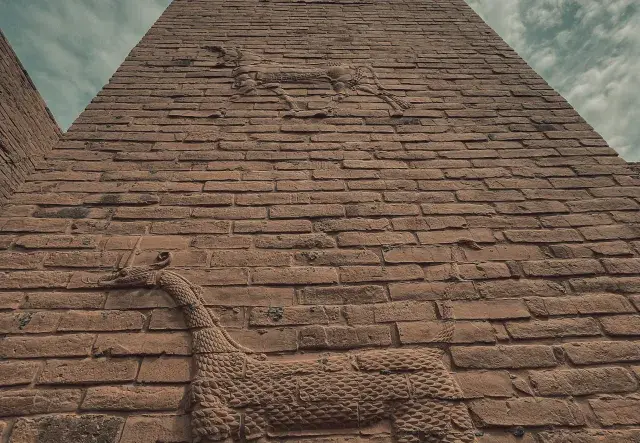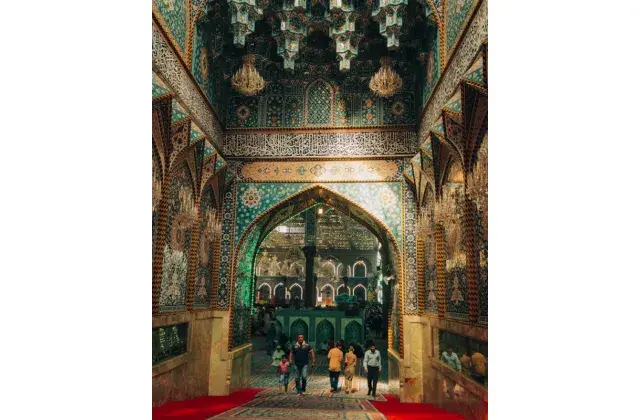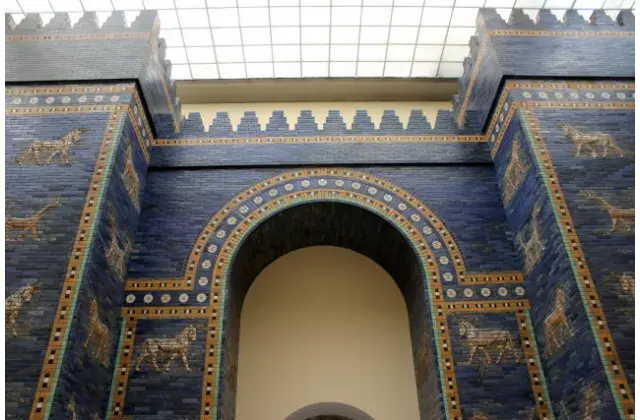The Beginning of Archaeological Excavations (1840s)

Archaeological works in Iraq began in the 1840s, driven by a profound curiosity to explore and unearth ancient cities and sites referenced in the accounts to ancient writers as well as in biblical stories. The initial investigations conducted by Western orientalists and scholars were driven by their aspiration to validate the historical authenticity of the Bible as the names of many of the ancient cities were known from the Old Testament. The motivation behind early excavations was driven by a period where scientific evidence and religious narratives collided. In the early 1800s, scholars and scientists were producing evidence that the earth is older than it was previously believed, and that the existence of human societies predates the Biblical narratives of Creation and the Flood. In 1859, Charles Darwin’s theory in “Origin of Spices” suggested that human beings might be descended from animals rather than Adam and Eve. His theory encountered significant opposition. Many scholars began to find evidence of the truth of the Bible.
Initial excavations began with the works of French Consul in Mosul and archaeologist Paul Emile Botta and later by the British Archaeologist Austin Henry Layard in the Assyrian mounds in Nimrud, Nineveh and Khorsabad in northern Iraq. In 1842, Botta began excavation in Khorsabad where he found the palace of Sargon II, the Assyrian king. Within the mud brick walls of the palace, he found many reliefs, winged figures, cuneiform tablets most of which were shipped to the Museum of Louvre in Paris. However, it was the discovery of the ancient cities of Nimrud and Nineveh by the British archaeologist Austen Henry Layard in 1845 that captivated the world. Layard's excavation efforts at Nimrud and Nineveh unearthed the grandeur of ancient cities, revealing magnificent palaces, libraries, and impressive gateways adorned with stone reliefs depicting scenes from ancient Assyrian life. At Nineveh, he unveiled a significant portion of Sennacherib's grand Assyrian palace, discovering extensive sculptured slabs illustrating Assyrian military campaigns across the empire.
During his excavations, Layard was assisted by Hormuzd Rassam, and hundreds of local workers. An Assyrian himself, born from Mosul, Rassam was initially hired by Layard serving as a secretary, accountant, and essentially a local coordinator. After Layard’s return to England, Rassam continued excavation works at numerous sites, discovering significant artefacts, such as the Gilgamesh tablets in the ruins of Ashurbanipal’s library in Nineveh. The majority of the discoveries by Layard and Rassam were sent to the British Museum. Over time, Rassam evolved into what could be considered one of the earliest modern Iraqi archaeologists.
Excavations continued throughout the 20th century, unveiling the existence of advanced civilizations with complex social structures, written languages, legal codes, and technological advancements that significantly influenced the development of human civilization. Other notable discoveries in Iraq were the Royal Graves of Ur by Leonard Woolley, revealing treasures and artefacts from the Sumerian civilization, including the famous "Standard of Ur", which is a 4,500 year-old artefact depicting scenes of war and peace. Furthermore, ongoing excavations at sites like Babylon, Uruk, and other sites have continued to enrich our understanding of ancient Iraq’s history.
Despite challenges posed by political unrest, conflicts, and looting of archaeological sites in more recent times, efforts by local and international archaeological teams persist in Iraq. The nation's rich cultural heritage remains significant for ongoing research and exploration, with discoveries that offer insight and contribute to the development of human civilisation.
This article was written by Renas Babakir and is licensed under CC BY-NC 4.0.






